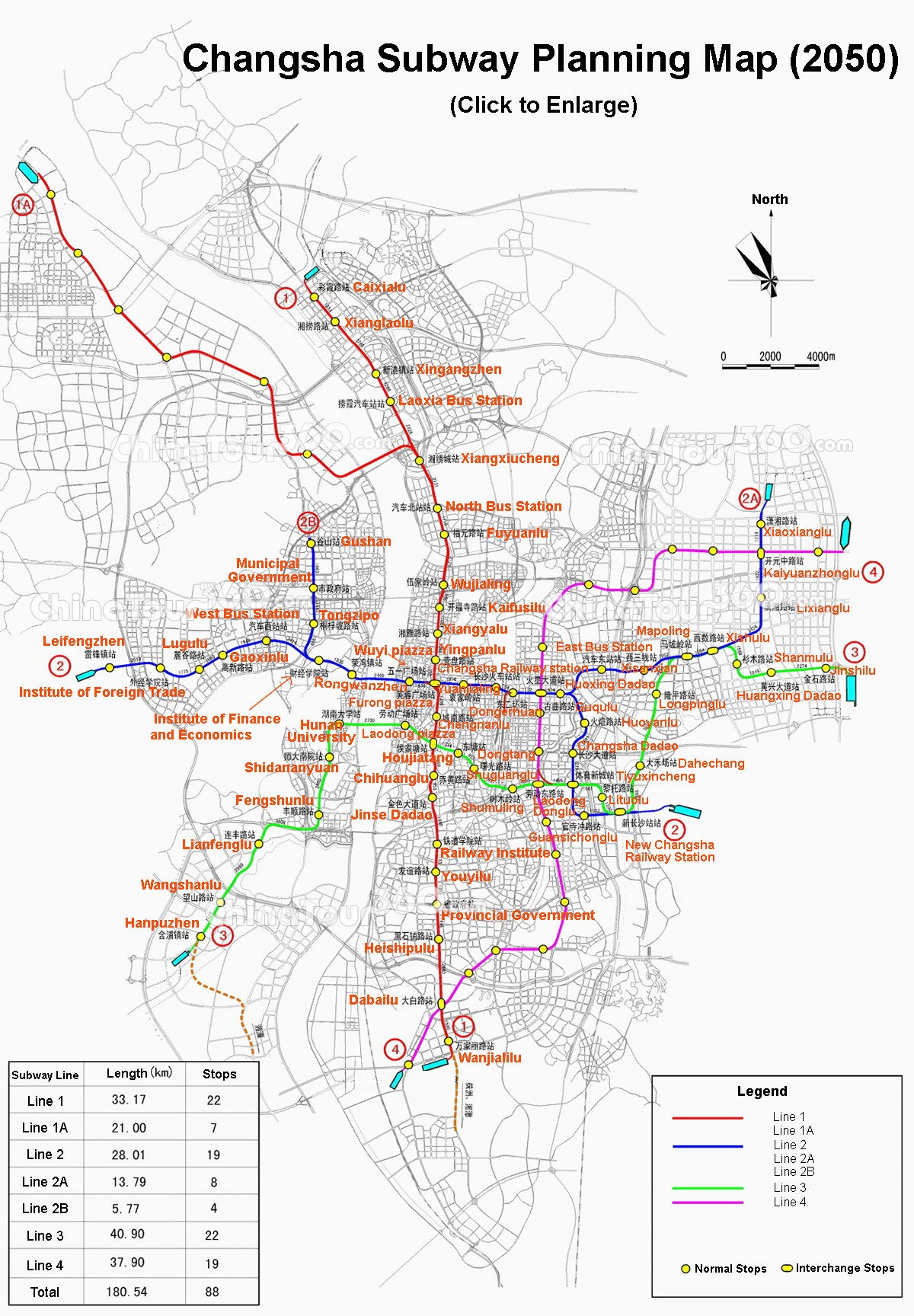Reliable Bus and Metro Networks
Changsha boasts an extensive public transportation network that includes over 200 bus routes and four metro lines serving the main areas of the city. The modern and growing metro system in particular has become very popular among locals and visitors due to its clean, efficient service. Changsha residents can rely on frequent bus and metro connections to commute to work or leisure activities across the urban center. While peak hours see buses and trains become crowded, off-peak travel is generally smooth. The expanding metro is helping to alleviate road congestion as the city continues to develop rapidly.

Promising Tram System Along Scenic Route
A unique aspect of Changsha’s public transit is the tram line running through the beautiful Yuelu Mountain scenic area tramway. This scenic route amongst the forested hillsides is a major tourist draw, and the quiet electric trams provide a relaxing way to sightsee without a private vehicle. The developing tram network holds potential to serve more outlying scenic zones and reduce private car use for recreational trips. With further connections and marketing, the tram could boost sustainable tourism in Changsha’s natural areas.
Room for Increased Route Coverage
While Changsha’s bus and metro networks cover major activity hubs, some new residential and commercial districts still lack direct public transportation links. Certain outer fringe neighborhoods see only infrequent bus services or require transfers. Expanding route coverage would enhance livability and access to opportunities for residents. Targeted studies could identify underserved zones to prioritize in the next phases of metro, bus and tram expansion. Integrating land use and transportation planning from the start of new developments may also preempt future coverage gaps.
Opportunities for Improved Wayfinding
Getting acquainted with Changsha’s growing public transit options as a new resident or visitor can pose initial challenges due to the lack of multilingual wayfinding. Comprehensive real-time transit maps and schedules posted at all stations and stops would aid navigation. Investing in multilingual signage, mobile trip planners and staff assistance could boost the accessibility of the system. Clear indication of transfer points between lines would streamline trips requiring connections. Familiarizing tourists and foreign professionals with the transit network upfront could increase its market share over taxis or ride-hailing.
Potential for Expanded Payment Options
While paper tickets and transit cards offer payment on Changsha’s buses and trains, integrating additional contactless technologies could enhance the user experience. Options like payment via scan codes, near-field communication cards, or digital wallets on smartphones would appeal to younger riders and visitors used to modern urban transit environments. Supporting popular digital payment platforms already in use for other services could lower barriers to adopting public transit. Convenient multi-modal fare options bundling buses, metros and trams may also attract discretionary trips.
Role of Data Analytics for Further Optimization
Leveraging transit ridership data analytics presents opportunities to refine Changsha’s public transportation network performance over time. Monitoring busy routes and timings could identify overcrowding issues for targeted capacity increases. Analyzing patterns in underutilized areas may point to needed changes in frequency, routes or infrastructure to better match demand. Customer feedback and smart transit technologies also provide valuable inputs for service quality improvements. With advanced data-driven decision making, Changsha can continuously enhance the efficiency, reliability and appeal of its sustainable mobility options.
Conclusion
Changsha’s public transit network has established solid foundations through proactive investments. However, opportunities remain to strengthen multimodal integration, coverage equity, accessibility for diverse users and responsiveness to emerging mobility trends. Adopting advanced data-driven practices and continuing to welcome community input can support the transit authority in creating a world-class sustainable mobility system befitting China’s rising megacities. Strategic planning informed by global best practices indicates Changsha is well-positioned to realize an even more sustainable and vibrant future through people-centered public transportation.

 Nagoya: Beyond an Industrial City
Nagoya: Beyond an Industrial City